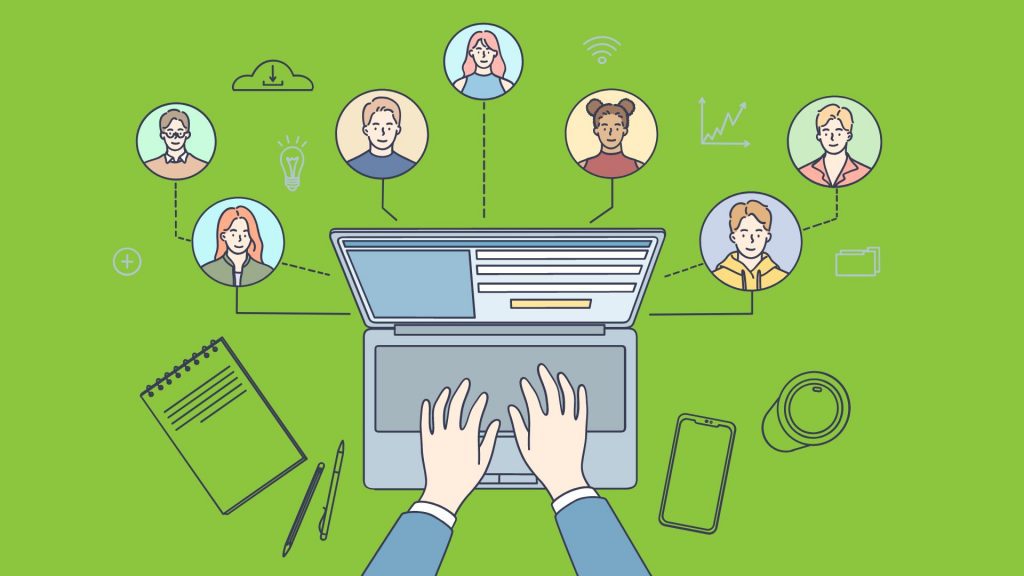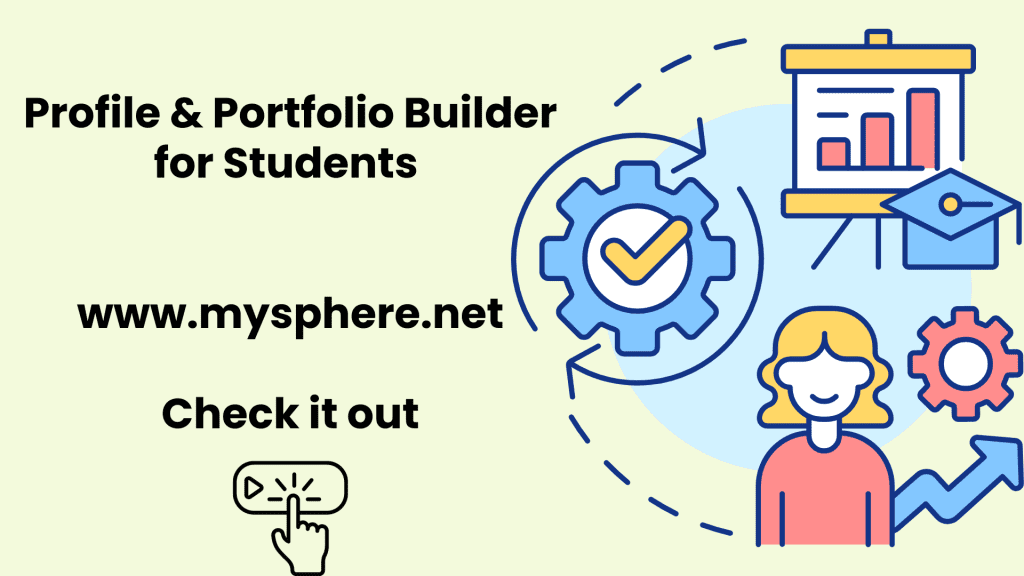Teachers and educators use a variety of approaches to evaluate students. Standardised tests are not enough as they capture only surface-level knowledge. How these assessments can be made more meaningful is constant question educators are seeking an answer to.
“Teachers must center their instruction around these standards because they are accountable for their students’ preparation of these tests” (Blackbourn et al., 2004).
Is standardised examination a good way to assess each student’s progress? Are there other ways to evaluate students who don’t do well on tests? If student digital portfolios are used to assess students, then students capture their learning experience and take ownership of it. At the same time, teachers gather a deeper understanding of each of their students.
How is a student’s portfolio used in education?
Portfolio-based assessment is a type of assessment that focuses on each student (Blackbourn et al., 2004). A portfolio is a compilation of a student’s work that spans a period. Portfolios are utilised as a sort of performance-based evaluation to show what students are learning. They also help students reflect on their strengths and limitations and then use these abilities to improve their performance (Valdez, 2001).
Students can store their learning artifacts in the student portfolio. It is a space where students take control of their learning, activate metacognition, and reflect, as well as a place where they can store their creations in a digital format. Teachers can use student portfolios to see how their students apply what they’ve learned and assess their grasp of the learning process.
Students get an agency to explain who they are, how they prefer to learn, and what is most important to them using audio, video, and text. Students’ progress is recorded over time, providing instructors and students with a clear picture of abilities, talents, and potential.
An educator/teacher uses a rubric to set clear objectives, gets an opportunity to exchange feedback, and encourages students to interact and cooperate to finish the assignment in project-based learning (PBL) manner. To promote these student-centred pedagogies, student digital portfolios are an excellent tool.
Project-based learning largely relies on a student growth attitude, which pushes students to demonstrate their comprehension in methods other than test scores and grades. Students use digital portfolios to display their process, track their progress, and create a final result in this type of setting. Work can then be quickly shared with educators and classmates, enabling reflection and discussion of new ideas.
Student portfolio – An alternative form of Assessment
Beyond test scores, student portfolios demonstrate academic abilities. Students naturally accumulate a portfolio of their best work over time, including soft skills, talents, passions, thoughts, and methods. Students are not limited to traditional curriculum and topic matter; instead, they use portfolios to showcase their hobbies and interests and provide context for extracurricular activities.
“Schools who faithfully implement a digital portfolio program see a 33% increase in student completion rates and a 10% increase in GPA.” – International Journal of ePortfolio
“While I felt these electronic portfolio examples were imaginative and visually appealing, I was surprised that not every post included a personal written reflection from the student. Every portfolio item should include a written reflection, in my opinion, so that students can assess and reflect on their strengths and faults.”
How is a portfolio helpful for students’ assessment?
Documentation of student’s progress over time: A portfolio documents a student’s progress from year to year, providing a comprehensive picture of their development. A portfolio can also be used to document reflections, final projects, or final portfolio reviews, to demonstrate process and growth over time.
To nudge creativity: Students can display their learning in various ways with their digital portfolios. They can incorporate interactive technology, external sources, audio recordings, films, and photographs to demonstrate their knowledge and personalise the lesson.
Taking ownership of learning: Students can take their work with them when they graduate or move. Students who have utilised their student portfolios regularly will be able to see all of their effort and accomplishments over time. Seeing the big picture of their development motivates them to keep learning.
To display skills and abilities: Students can use digital portfolios to show their skills and abilities. A portfolio is an excellent example of keeping track of her varied interests and talents as an aspiring professional in any field. Students can demonstrate how they can integrate their knowledge and skills into Capstone Projects that they have undertaken.
Learning beyond the classroom: Work in a digital portfolio can be done at any time, from any location, on any device. Students are encouraged to interact with the world outside the classroom and then document their experiences in their digital portfolios. Teachers, future employers, colleges, and peers can benefit from these experiences.
What features you should look for while choosing the student portfolio tool?
So far, we have discussed the power of student digital portfolios and how students can reap the benefits of starting their portfolios early on.
The question here is, how do students get started with digital portfolios and what features to look for while choosing the student portfolio tool:
- Let students choose the medium of expression/platform. Some might prefer to start their blog; some may want to form a series of videos, some may want to visually illustrate their learning journey, and others may find joy in building a website of their own.
- Teachers/educators can help students choose tools based on their ease of navigation and functionality to accommodate various modes of showcasing projects. Examples – image, description and video file formats
- Attributes such as – project name, subject, description, key learnings/reflections, team members, name of the guide/mentor for the project and various tools used while working on the project to be looked for in the portfolio builder platform
With MySphere, students can easily build their portfolios. Student portfolios are a great way to showcase the learning journey by showing what students have learned and how they have applied the learning to their creations enriched with their narratives.
To conclude
We discussed that portfolio-based assessments have the potential to nurture a learner mindset in students. The portfolio-based assessment offers an alternative to traditional, standardized testing. They allow the students to demonstrate their skills of what they have learned rather than specific skills determined by test constructors (Blackbourn et al., 2004).

